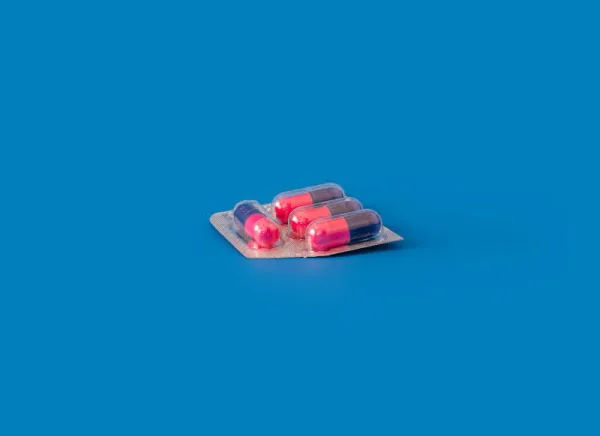Eli Lilly's big Summer 2025 update
We take a look at some exciting upcoming presentations by Eli Lilly about it's old and new GLP1 receptor agonists.
Novo Nordisk and Eli Lilly dominate the market for GLP1 Receptor Agonists.
After the war on compounders seems to be mostly over (though there are still some compounders around), the companies are still in heavy competition to build the best, most effective GLP1s.
Check out our quick explainer
While we normally focus on news that has already broken here at GLP1.Guide, we thought it was worth mentioning that Eli Lilly plans to announce a raft of updates on their GLP1s that are under development, so for those who want to get ahead of the news, it's worth watching:

Want to read our analysis on the announcements from the 85th Scientific Sessions?




